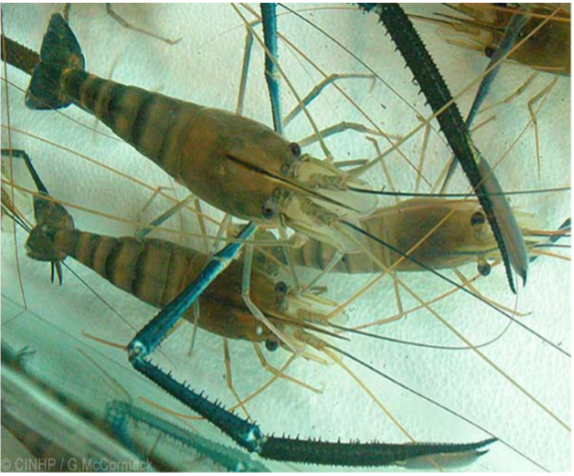
With the aim of identifying, developing, and producing appropriate and fit strains for aquaculture production through genetic analyses, a project had determined seven freshwater prawns in Palawan that are potential sources of aquaculture broodstock.
This was one of the accomplishments of the project, “GeM-PHIL: Genetic Characterization of Macrobrachium in the Philippines for broodstock development and seed production,” headed by Ms. Arlene L. Avillanosa of the Western Philippines University – College of Fisheries and Aquatic Sciences in Puerto Princesa City, Palawan. The project is funded by the Philippine Council for Agriculture, Aquatic and Natural Resources Research and Development of the Department of Science and Technology (DOST-PCAARRD).
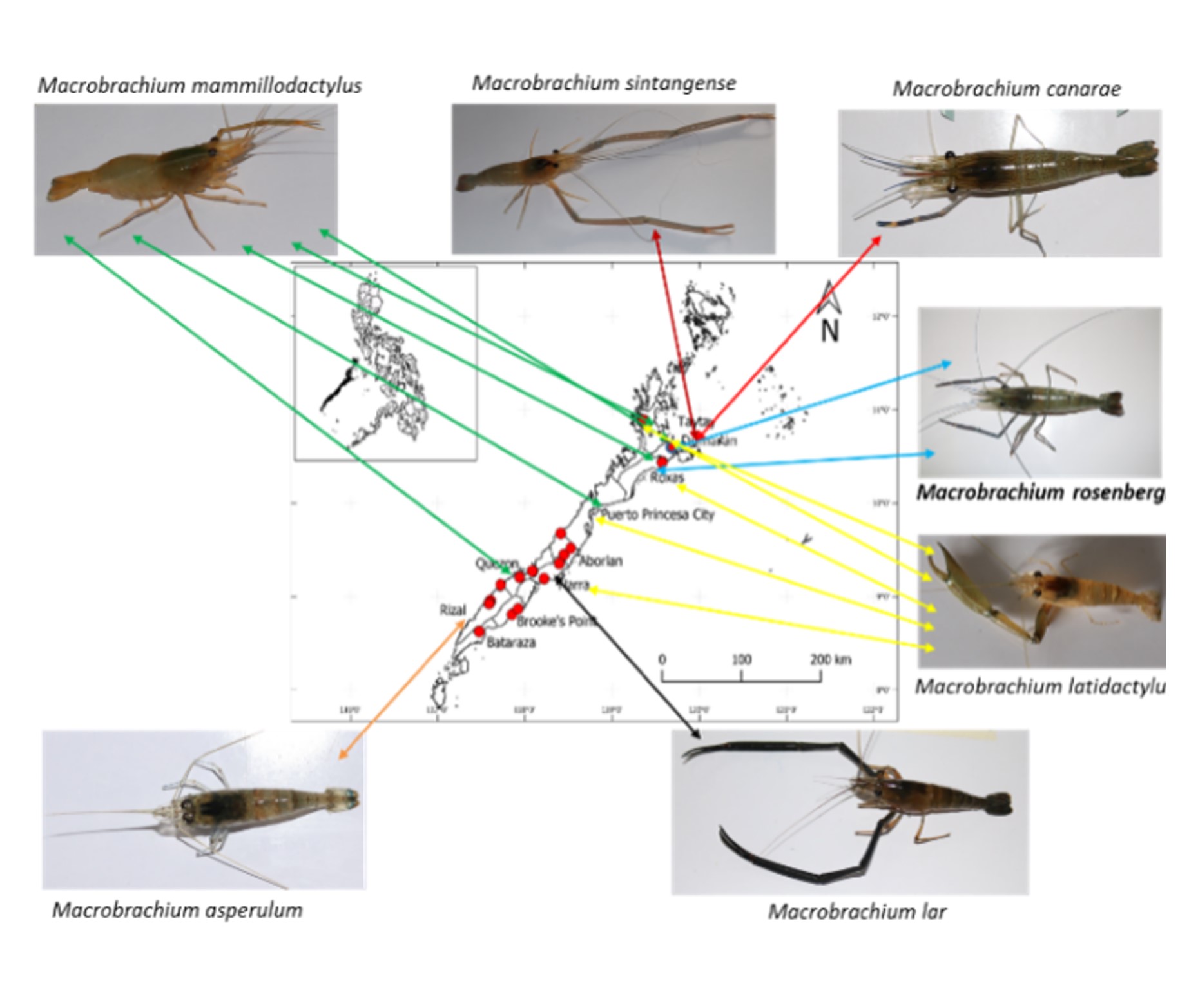 The project focused on giant freshwater prawn (Macrobrachium rosenbergii), which is a high value species and best candidate for commercial aquaculture. This can be a substitute for lobster and tiger prawn because of their appearance and excellent taste. Moreover, freshwater prawns rapidly grow and survive in turbid water conditions. It also tolerates moderate temperature and salinity changes.
The project focused on giant freshwater prawn (Macrobrachium rosenbergii), which is a high value species and best candidate for commercial aquaculture. This can be a substitute for lobster and tiger prawn because of their appearance and excellent taste. Moreover, freshwater prawns rapidly grow and survive in turbid water conditions. It also tolerates moderate temperature and salinity changes.
However, low production and unclear population structure are some of the challenges in freshwater prawn industry in the Philippines. In 2020, the country’s aquaculture production recorded 1,121.08 tons, according to the Philippine Statistics Authority. There is also a confusion over the exact identity of both the wild and hatchery-bred M. rosenbergii stocks in the Philippines because most of the giant freshwater prawn hatchery stocks originated from Thailand.
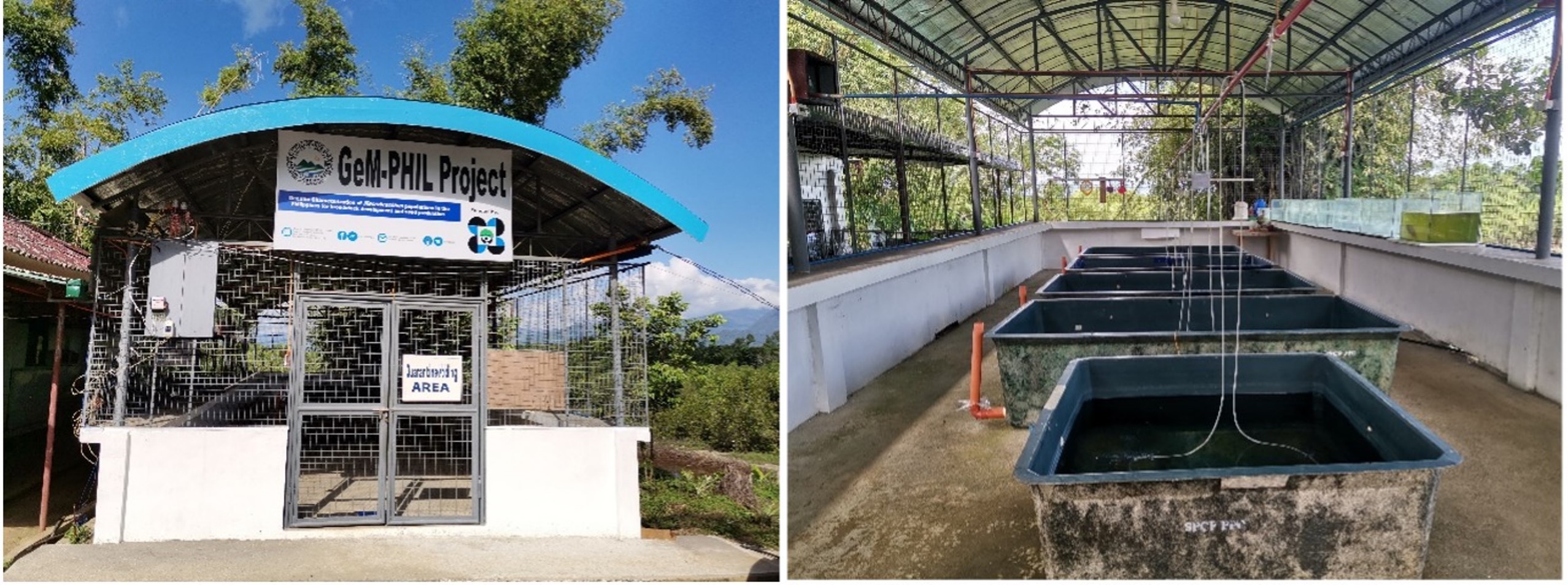
The project will address these challenges through genetic resources mapping of M. rosenbergii in the Philippines by genetic analysis of both wild-caught and hatchery-produced Macrobrachium species to identify, develop, and produce appropriate and fit strains for aquaculture production.
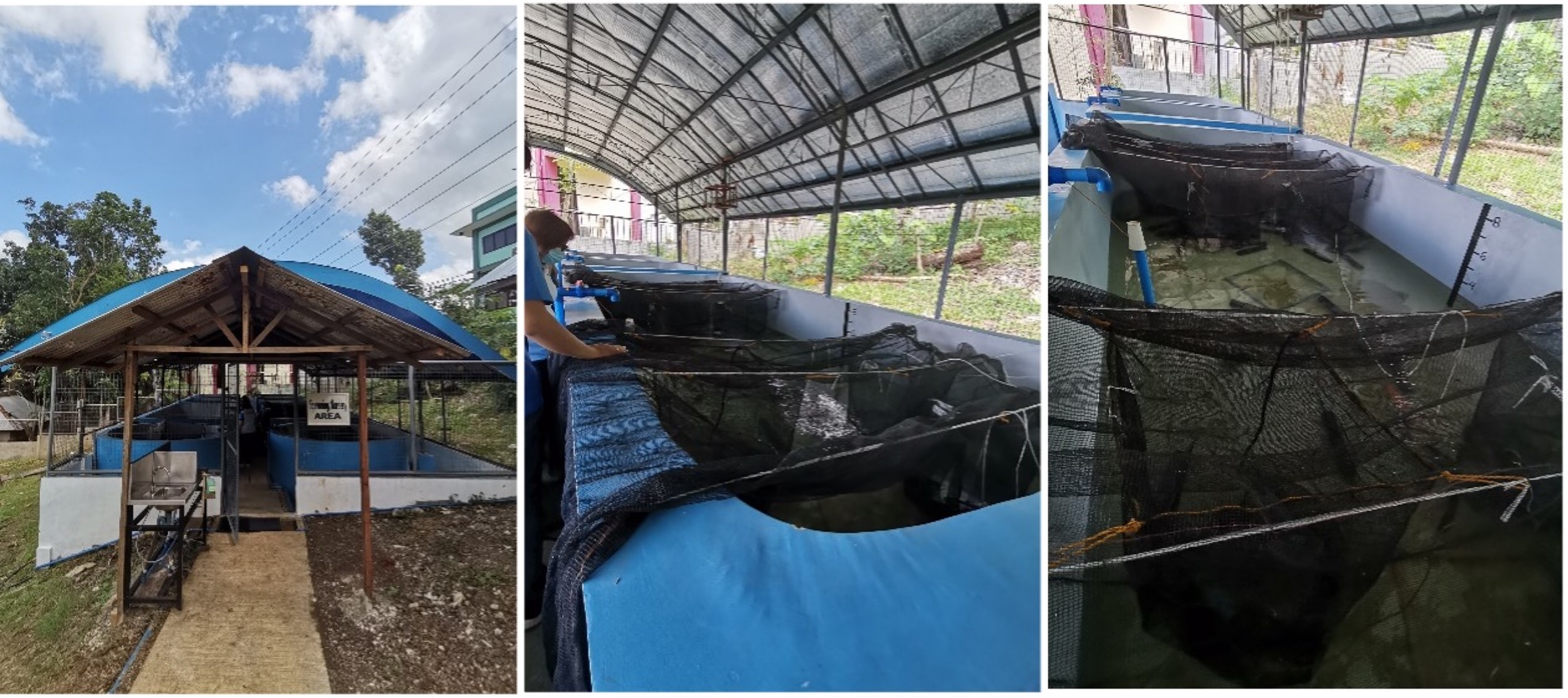
Currently, the project was able to determine the genetic diversity of seven Macrobrachium species from seven municipalities/city of Palawan. These include M. mammillodactylus, M. sintangense, M. canarae, M. asperulum, M. lar, M. latidactylus and M. rosenbergii. Preliminary results showed abundance of Macrobrachium spp. in Palawan river systems, presence of M. mammillodactylus and M. latidactylus in five provinces, and abundance of M. rosenbergii in Dumaran and Roxas, Palawan. However, the results are not yet conclusive since analyses of samples from other parts of Palawan are still ongoing. Broodstock development and conditioning of M. rosenbergii collected from Palawan is also ongoing.
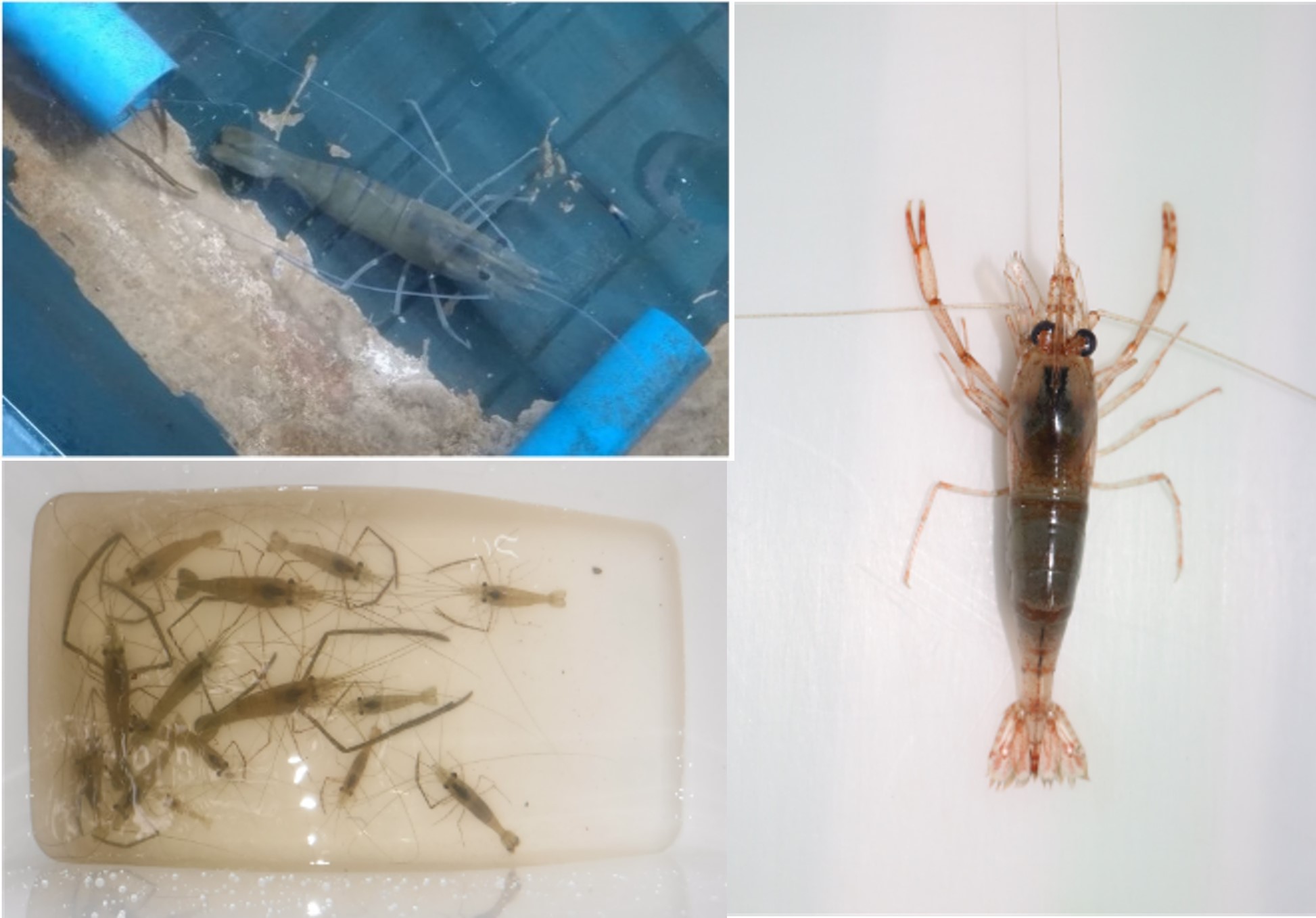
In previous study, only five species of Macrobrachium were identified through morphometric analysis. Additional two species (M. sintangense and M. canarae) that were not identified were also notable potential aquaculture species.
Samples from other areas of the Philippines, i.e., Maguindanao, Sultan Kudarat, South Cotabato, Cagayan, and Pangasinan were collected and are currently undergoing genetic analyses in the University of the Philippines Visayas – Philippine Genome Center (UPV-PGC).
Through this project, continuous production of quality fry for sustainable aquaculture of M. rosenbergii in the Philippines through identification of suitable populations for broodstock development is envisioned.
